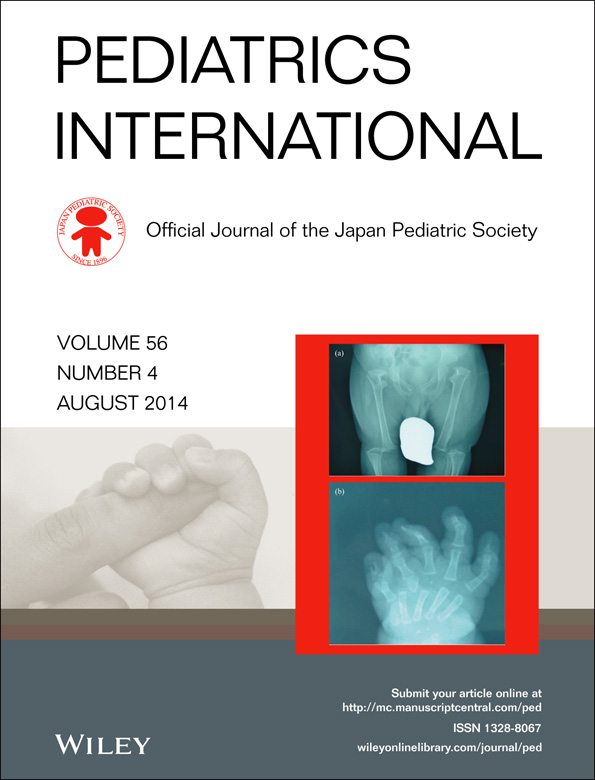Wilms tumor: Experience of a hospital in southern Brazil
Abstract
Background
Wilms tumor (WT) is the most common renal malignancy of childhood. The aim of this study was to verify the epidemiological profile and prognosis of a sample of patients from Brazil and compare them to similar data from other Latin American studies.
Method
The sample consisted of consecutive patients diagnosed with WT in an oncohematology service of a referral hospital in Southern Brazil, between 1989 and 2009. Clinical, radiological, pathological and survival data were collected from the medical records. Analysis was done using Excel and SPSS version 18.0. The significance level was set at P < 0.05.
Results
The final sample consisted of 45 patients. The male/female ratio was 1.25:1. Mean age at diagnosis was 43.9 months and all patients were of European descent. Thirty-three patients (73.3%) had both signs/symptoms of abdominal mass and hypertension. Malformation was observed in nine patients (20%) and there was one case of Fanconi's anemia (2.2%). Three patients had bilateral disease (6.7%). The majority of patients had stage III and IV (62.2%). Patients with malformation had an earlier age at diagnosis (P = 0.018) and a higher prevalence of bilateral disease (P = 0.044). Overall survival was 75%. Age at diagnosis was the only significant independent predictor associated with death.
Conclusion
Death is closely related to late diagnosis in WT. Oncologic services should also be concerned about morbidity caused by therapeutic options in cases of late diagnosis, and the consequences for quality of life.




